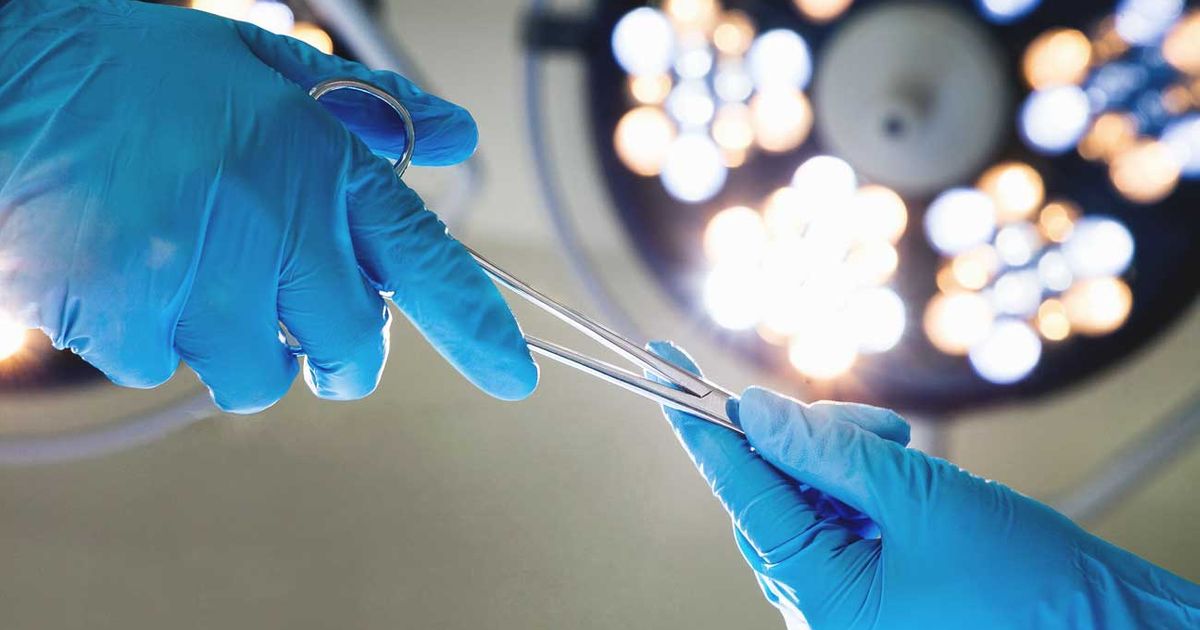Treatments For Tetralogy Of Fallot
Tetralogy of Fallot is a rare congenital heart defect that is present from the time of birth until it is corrected. This defect features four distinct abnormalities including narrowing of the pulmonary valve, a hole in the septum located between the lower two chambers of the heart, an overriding aorta, and thickening of the muscular wall of the right ventricle.
While the cause of this sickness has not yet been identified, it is more commonly seen in those with Down syndrome and DiGeorge syndrome. Because tetralogy of Fallot is characterized by poor oxygen flow, those affected may frequently suffer from shortness of breath and blue-tinged skin, known as cyanosis. If untreated, this illness can hinder the growth of a baby or cause severe complications or disabilities by early adulthood.
Here a few ways tetralogy of Fallot can be treated.
Intracardiac Repair

Intracardiac repair is also referred to as the complete repair and is usually performed during infancy or childhood. Adults may undergo this repair if they neglected to do so at a younger age. During this procedure, the surgeon seals the ventricular septal defect using a patch, so there is no space between the ventricles. The pulmonary valve and arteries are then widened so blood can flow more freely to the lungs. If the obstruction of the pulmonary valve is too severe, the valve may have to be replaced. Unless there are complications following this procedure, it will be the last form of surgery required to correct tetralogy of Fallot.
Keep reading to learn about more treatments for tetralogy of Fallot.
Temporary Surgery

A temporary surgery may be performed to improve blood flow to the lungs, but it will not fix the inside of the heart. This relatively mild procedure is most commonly performed on babies who are too young to undergo the more drastic version, or on infants who are too weak or harbor other health risks that could cause further damage. During this surgery, a tube (called a shunt) is inserted between the large artery and one end is connected to the aorta, while the other is sewn to the pulmonary artery. Once the baby is ready for the intracardiac repair, the shunt is removed during that procedure.
Continue reading now to discover more options for treating tetralogy of Fallot.
Follow-Up Treatment With A Cardiologist

Scheduling a baby for follow-up treatment with a cardiologist is imperative. Though one may have successfully completed the intracardiac repair surgery and appears to have a healthy heart, if they have once suffered from tetralogy of Fallot, they must still be prepared to maintain routine visits to a cardiologist trained in treating congenital heart disease. During these visits, the doctor will examine the conditions of both the patient and the heart to make sure the surgical procedures were successful, and the patient remains healthy and free of further complications. Sometimes surgery-related issues arise later on in life, so the patient should maintain regular check-ups as a preventative measure.
Get to know the next treatment option for tetralogy of Fallot now.
Prevent Infection

Because tetralogy of Fallot is the result of severe heart defects, a doctor may recommend antibiotics to prevent infection within the patient. As a result of this disease, a person is at an increased risk for contracting endocarditis. Endocarditis is an infection that occurs within the heart lining and is usually related to the valves of the heart. It often occurs when some form of bacteria or fungi invades the body via the mouth or another opening of the body and makes its way to the heart. A doctor may also recommend this course of treatment to prevent infection before permitting a patient to undergo any other surgeries or dental procedures if the tetralogy of Fallot hasn't been completely prepared.
Keep reading for more on treating tetralogy of Fallot.
Limiting Exercise

Whether the tetralogy of Fallot has been repaired or not, if a person has once suffered from this condition, they should always consider limiting exercise. Exercise demands a lot of cooperation from the heart, and if the heart is not performing at an optimal level, you are at an increased risk for accidents and injuries. A few symptoms related to this disease involve the increased risk for fainting, tiring easily during physical activity, and shortness of breath. Also, it is common for there to be some obstruction to the pulmonary valve following surgical repair. If this is the case, individuals will need to be extremely cautious when participating in any physical activity and avoid strenuous exercise at all costs. Once the pulmonary valve is corrected and free of any leaks or damages, mild exercise is permitted.
